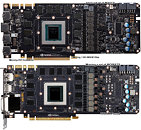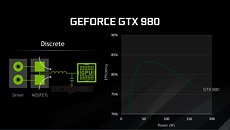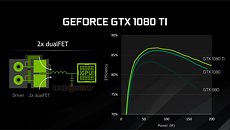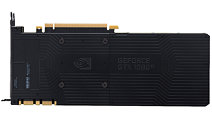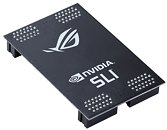
EK Announces Fluid Gaming: Sets a New Standard for Water Cooling!
EK Water Blocks, the market leader in PC custom liquid cooling, is launching its new brand created for PC gamers called EK Fluid Gaming. Bringing the best price/performance ratio imaginable, it's set to change how water cooling is perceived. This is real EKWB water cooling at an affordable price thanks to innovative patent pending technology.
The benefits of liquid cooling of CPUs and especially GPUs have never been so obvious as air cooling solutions are struggling to cope with cooling demands of modern PC hardware. Air-cooled PCs tend to suffer from loud noise and overheating, something that no gamer wants to hear and see as it degrades performance of hardware, furthermore preventing any serious overclocking! Liquid cooling is the best solution for rapid heat removal due to its unmatched thermal heat dissipation. It is the only solution that allows successful heat removal from critical spots with zero noise pollution!
The benefits of liquid cooling of CPUs and especially GPUs have never been so obvious as air cooling solutions are struggling to cope with cooling demands of modern PC hardware. Air-cooled PCs tend to suffer from loud noise and overheating, something that no gamer wants to hear and see as it degrades performance of hardware, furthermore preventing any serious overclocking! Liquid cooling is the best solution for rapid heat removal due to its unmatched thermal heat dissipation. It is the only solution that allows successful heat removal from critical spots with zero noise pollution!











